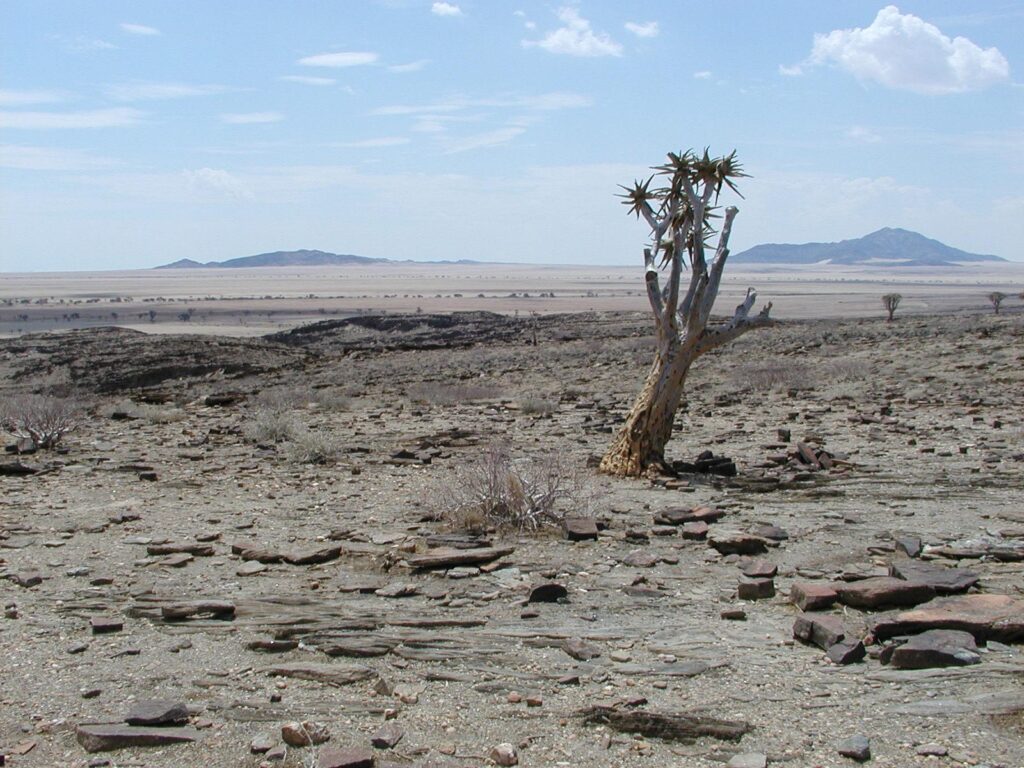Meeting Ariana last year in The Marketing Seminar was learning to know an enthusiastic and hard-working participant. I always enjoyed our exchanges as she regularly challenged my thinking expanding my ability to assist her as a coach.
Passing by her blog I found myself reading a piece on planning that exemplified her enthusiasm and individuality. Her planning process has nothing to do with the image many people see when thinking about a plan. It’s far away from the detailed list with checkboxes to cross off once they have been done before a defined deadline.
It’s a process that only becomes available to those who decide to discover themselves. It’s a happy process as she describes it but also one that ends up in hard work. Nothing in it is instantaneous. All the steps in the process involve learning and even more so developing a practice.
As her plan builds on an emergent process it requires adaptability. And that’s its challenge. Ariana describes it well with a quote from Stephen R. Covey:
“People can’t live with change without a changeless core inside them. The key to the ability to navigate change is a changeless sense of who you are, what you are about, and what you value.”
Change as such is not difficult. What is difficult is the sense of helplessness when change feels like being in the middle of a rough sea without any shore to sail towards.
That’s one reason people develop rigid plans. It gives them something to hold on to. A road map that feels like an anchor. They are useful. But they only work as far as our ability to respond to events that didn’t work out as expected. In the moment people find it hard to adapt their plan they fall back to their identity.
Identity is less rigid, but it often is the sum of a person’s experience, how they’ve learned to perceive themselves. It becomes the story they tell themselves about what they can achieve, where they can go, what they deserve. It’s their worldview, how they relate to others and themselves. And when the sea is rough it is something to hold on to. It’s something that they recognize, that validates who they are to themselves. And in a rough sea, that helps!
For outsiders, these moments are easy to recognize. They are the moments when your feedback doesn’t reach the other even though you’ve tried to tell them how you appreciate them or how well they are doing.
If our view of ourselves is the only thing we can hold on to, it’s not easy to let it go. And yet, it is possible, one exchange at a time. Don’t expect to be able to do it alone, it is a process that needs an outsider’s view. A process during which it helps to choose those outsiders wisely.
The way Ariana suggests determining a core to hold on to can be the most complicated one. It requires to settle around a why. A why rarely falls onto your head like apples falling from the tree. It requires the willingness to meet yourself. It’s either something that emerges from your previous achievements and work, something you can commit to or both. Reaching that point requires to slow down and take the time to do the work that allows one to see and commit.
Once found, it’s a compass that works in every type of sea. And a compass that gives the freedom to discover all the other facets of one’s identity.

